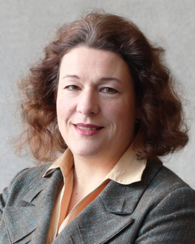Johann Joachim Christoph Bode starb am 13. Dezember 1793, zwei Stunden vor Mitternacht – wohl an den Folgen der Zahn- und Kieferentzündungen, die ihm seit Jahren mit Anfällen von „Flußfieber und Zahnschmerzen” zu schaffen machten. Damit kam in Gang, was 1787/88 entschieden worden war.
Im Herbst 1787 hatte Bode von Weimar aus wieder einmal Gotha besucht. Seine Arbeit des letzten halben Jahrzehnts lag in Trümmern. Noch im Sommer hatte er sich Paris bemüht, die Illuminaten aus der Schusslinie zu ziehen: „Philaleten“ sollten sie in Zukunft wieder geheim heißen. Seit 1785 war mit „Illuminaten“ kein Geheimnis mehr zu machen. Bayerns Staat hatte alle Geheimorden und insbesondere diesen verboten. Bode hatte dessen ungeachtet als Provinzial „Ioniens“ (Obersachsens) weiterhin Mitglieder aufgenommen.
[...]


